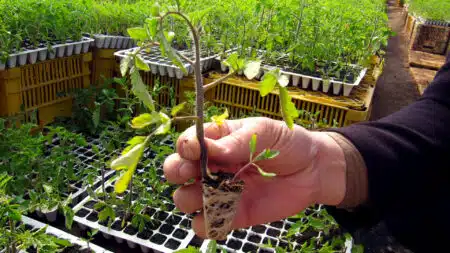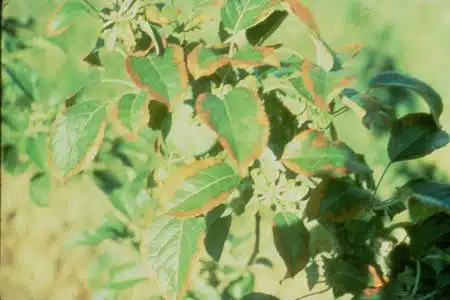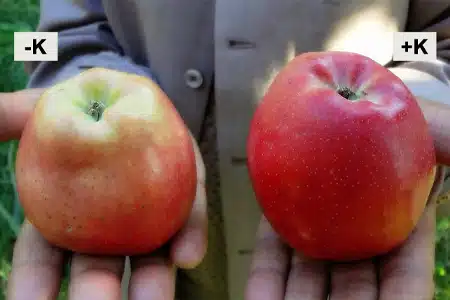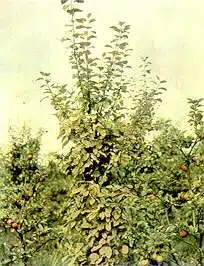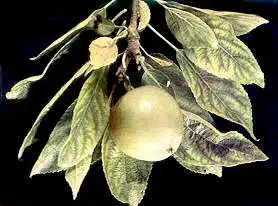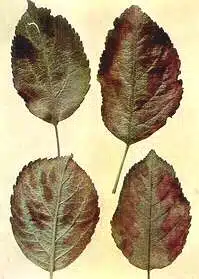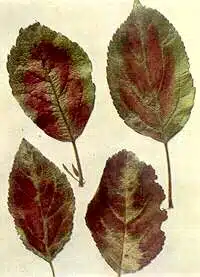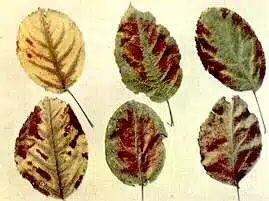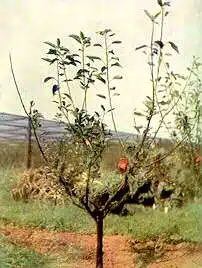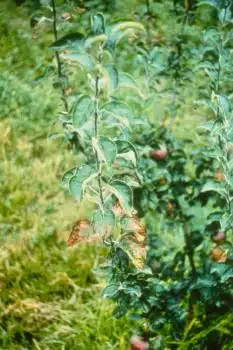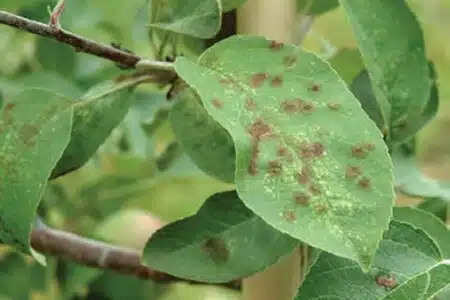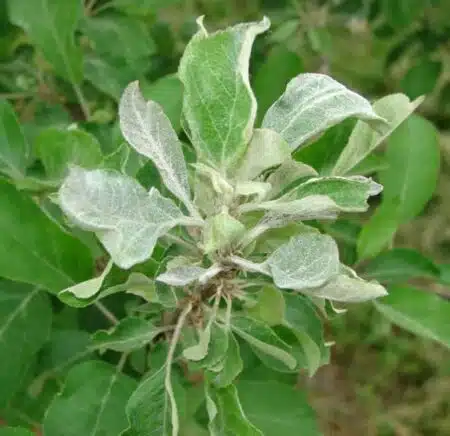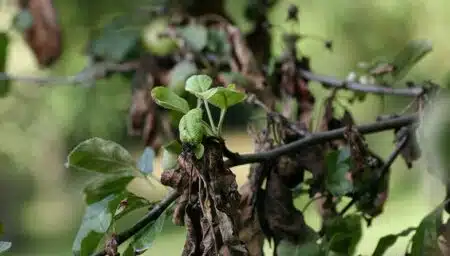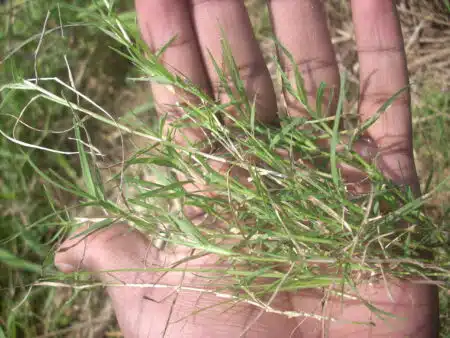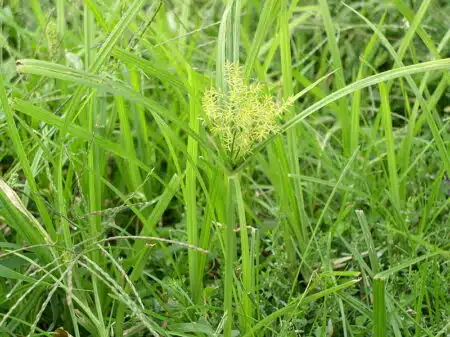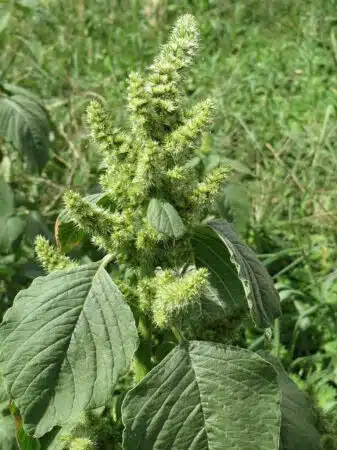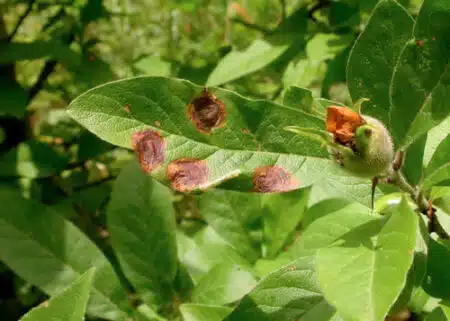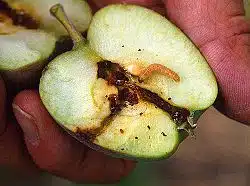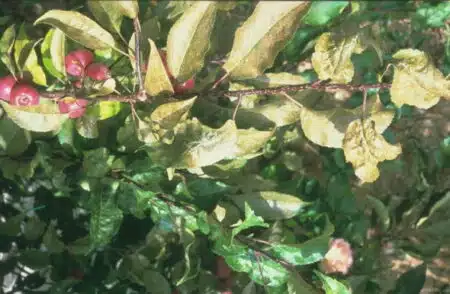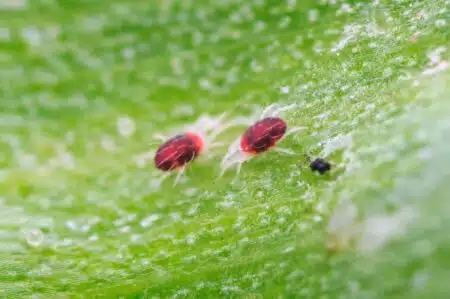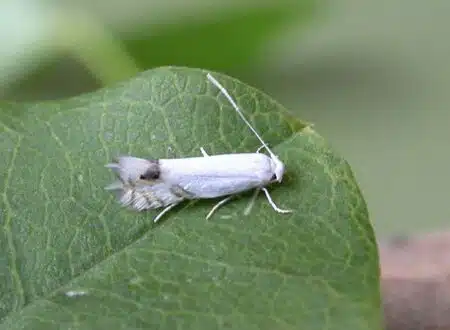Introduction of Cultivation
Introduction
Tree apple is one of the most important fruits of cold and temperate regions, whose fresh fruit and its products have the largest global trade among garden fruits, which have been distributed in five continents since two thousand years ago by humans. Common apples are mostly of Malus-Pamila and Malus-Silvestris species, whose natural habitat is Southern Europe, Eastern Europe, Southwest Asia, Caucasus and Asia Minor. Researches have shown that apples existed in Iran in the forests north of Astara to Gorgan and the coastal heights of the Caspian Sea and the southern slopes of Alborz. The subspecies of these apples called Paradesic, known as Medic, are native to the Iranian plateau and have spread to the Caucasus, South Russia, and Asia Minor.
Apple tree in the world
The total production of apple trees in the world is about 49.7 million tons, of which 58.2% is produced in 10 main producing countries of horticultural products and the rest in other countries of the world. The highest amount of tree apple production belongs to China (14 million tons), America (5 million tons) and France (2.56 million tons). The Islamic Republic of Iran is the sixth apple producing country in the world.
Apple tree in Iran
The average production of this product in Iran is about 2 million tons, which is 4% of the total apple production in the world. Iran, with a production area of about 180,000 hectares, produces more than 2 million tons of apple per year in the world, which plays an important role in creating employment and agricultural economy in large areas of Iran.
Function
The average yield of the country’s apple orchards is more than 13,000 kilograms per hectare, and provinces such as Tehran, Ardabil, West Azarbaijan, Isfahan, Kohkiloyeh and Boyer Ahmad have good average yields.
Nutrition
Proper and timely feeding of apple trees guarantees the freshness of the tree and fruit along with the physical fitness and quality of the fruit. In addition, nutrition will increase the storage of carbohydrates (sugars) in the buds forming leaves and flowers and their proper and timely growth. In addition, it will increase the resistance of the plant against cold and other environmental stresses.
Winter Fertilization
This time of fertilizing (which can be by surface spreading method and chalk fertilizer) can provide some nutrients to the plant for the beginning of growth. If necessary and after examining the soil conditions, the Chalkod method can not only provide fertilizers near the roots, but also provide proper ventilation for the plant roots.
Nutritional Advice
For nutrition in apple cultivation, the following nutrition table is suggested.
Specific considerations:
- Avoid mixing these products with alkaline compounds and sulfur derivatives
- If it is necessary to mix any fertilizer with other fertilizers, pesticides or any other combination, be sure to test mixing and testing on a limited level before using it on a large level; be done.
- Ensure regular and uniform supply of fertilizer during irrigation.
- Do foliar spraying in cool weather (early morning or near sunset).
General remarks:
- Avoid mixing these products with alkaline compounds and sulfur derivatives
- If it is necessary to mix any fertilizer with other fertilizers, pesticides or any other combination, be sure to test mixing and testing on a limited level before using it on a large level; be done.
- Ensure regular and uniform supply of fertilizer during irrigation.
- Do foliar spraying in cool weather (early morning or near sunset).
To view product information, click on the product name in the table
| Product Name | Method of Use | Dosage | before waking up Tree to flower bud swelling | petal fall until fruit formation | Nutty fruit | Sizing | Late fruit development until product handling | After harvesting |
|---|---|---|---|---|---|---|---|---|
| Soil Booster 510 | Irrigation | 10 Lit/ha | - | - | - | - | ||
| Amino Chelate Calbor 805 | Foliar | 2-3 lit/1000 L | - | - | ||||
| Amino Chelate Calcium 1010 | Foliar | 2-3 lit/1000 L | - | - | - | - | ||
| Amino Chelate Fe 510 | Foliar | 1-3 lit/1000 L | - | |||||
| K60 | Foliar | 1-2 lit/1000 L | - | - | ||||
| Amino Chelate Manganese 510 | Foliar | 1-3 lit/1000 L | - | |||||
| MicroMix 222 | Foliar | 2-3 lit/1000 L | - | - | - | |||
| Salt Gone 1303 | Irrigation | 10-20 Lit/ha | - | - | - | - | ||
| Amino Chelate Zn 710 | Foliar | 2-3 lit/1000 L | - | - | - | - | ||
| AminoPotasse 1010 | Foliar | 2-3 lit/1000 L | - | - | - | - | ||
| Fruit Set 525* | Foliar | 2-3 lit/1000 L | - | - | ||||
| Humic Acid 123 | Irrigation | 10 Lit/ha | - | - | - | - | ||
| Nitro Micro 2505 | Irrigation | 10-20 Lit/ha | - | - | ||||
| High K 5-10-40 | Foliar | 2-3 lit/1000 L | - | - | ||||
| High P 10-40-10 | Foliar | 2-3 lit/1000 L | - | - | - | |||
| Balance 202020 | Foliar | 2-3 lit/1000 L | - | - | ||||
| Granule 486 | Soil Incorporation | 300-500 kg/ha | - | |||||
| Potassium Calcium Nitrate | Irrigation | 10-15 Kg/ha | - | - | - | - | ||
| Potassium Calcium Nitrate | Foliar | 2-3 Kg/1000 L | - | - | - | |||
| 501 Colour | Irrigation | 10 Lit/ha | - | |||||
| 501 Colour | Foliar | 2-3 lit/1000 L | - | |||||
| Potassium Silicate 1810 | Irrigation | 8-10 Lit/ha | - | - | ||||
| Potassium Silicate 1810 | Foliar | 1-3 lit/1000 L | - | - | ||||
| Growth Mixture 1011 | Foliar | 1-3 lit/1000 L | - | - | ||||
| Potassium Phosphite 2724 | Irrigation | 5-10 Lit/ha | - | - | - | |||
| Potassium Phosphite 2724 | Foliar | 2-4 lit/1000 L | - | - | - | |||
| Urea Phosphate 17-44 | Irrigation | 10-20 Lit/ha | - | - | ||||
| Urea Phosphate 17-44 | Foliar | 2-3 lit/1000 L | - | - |
* If needed to mixed with Zn, use the rate of 1.5/1000 of this product
Recommendation of pesticides
In order to fight against pests, diseases and weeds in apple cultivation, the table of pesticides below is suggested.
- Considering the different weather conditions and the way of planting and growing, it is recommended to conduct a test on a limited level before using the product on a large scale.
- In case of incorrect use and outside the recommendations mentioned in the label and brochure of the goods, the producer and importer company is not responsible.
- Repetition depends on the needs of the plant.
To view product information, click on the product name in the table
| Pesticide Group | Pesticide Name | Weed/Disease/Pest | Amount of consumption/dose | Type/method and time of consumption |
|---|---|---|---|---|
| pH Reduce 401** | Tree washing and pest population reduction | In 2 thousand | Spraying | |
| Foliar Soap 101*** | ||||
| Surfactant 301**** |
** Irrigation 3-5 Lit/ha; Descaling of irrigation system 3-5 Lit/ha;Tank mix for spraying (with fertilizers and pesticides) 0.5-1 Lit/ha |
*** 1/1000 Mix with pesticides and foliar fertilizers | 2/1000 Washing the plant and reducing pests’ population
**** Mix with pesticides and foliar fertilizers (250 cc/1000 L of water)
Deficiencies

